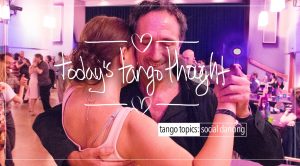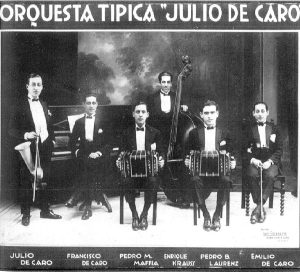This is short, and sweet and to the point.
“If you have to think about the move, it’s too late”.
How’s that ?
Frequently most dancers after they ‘learn’ something will fail to solo practice it, as well as use it at a social practica, which as a result fails to deepen their fluidity when dancing so that when X, Y, and Z is led or followed they ‘miss’ it and hesitate. Thereby creating the impression that they’re inept dancers.
Some will hear this observation as perfectionism or arrogance and nothing could be further from the truth. This is not about perfectionism, nor is it about performance based tango. While there is always an element of performance based execution in our dance, always, this is social tango, not performing for the 15th row so that everyone in the theater can see what you’re doing, no matter how close or far they are away from you.
No. This is not about Perfectionism nor performance.
It’s about execution really and drilling into your body through mindful repetition (not mindless), Conscious Solo Practice, and Feedback Social Practica Dancing, how one should learn, then integrate, and finally dance said piece of vocabulary, or step, or pattern. The idea is not about the step or pattern but rather to make it so that it’s ‘second nature’ in you. So that it comes out of you effortlessly, with ease…not haphazard and poorly executed at the last second so that you literally trip over yourself and/or your partners.











